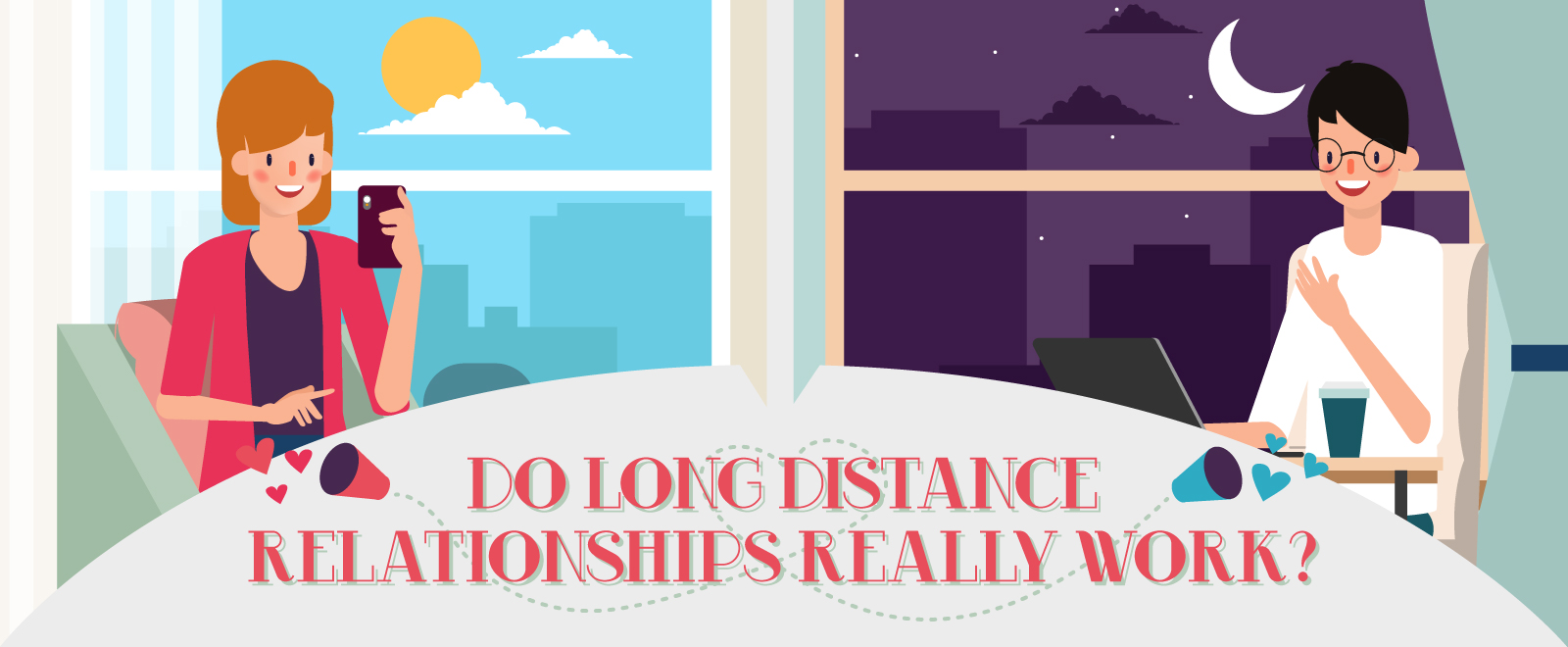Whether we realize it or not, building romantic relationships is a big part of being human. Since February (or love month if you prefer to call it that way) is not over yet, we’re still pursuing the numbers behind romantic relationships.
Last week, we did a closer look at the costs of falling in and out of love. Today, we’re putting the spotlight on long-distance relationships!
Long-Distance Relationship Statistics: What the Numbers Have to Say
“Do long distance relationships work?” remains one of the top relationship queries on Google.
For this reason, we’re curious to find out if loving someone whom you can’t physically share (and experience!) your daily life with is a wild goose chase or genuinely possible.
Bring on the video calls on odd hours of the day, care packages, watching movies together (yet apart) on Skype!
The infographic and charts below are based on the most recent statistics collected by our resident data scientist.
Figures at a glance:
- Currently, there are 14 million couples who claim they’re in a long distance relationship.
- Numbers seem to say that married folks are not a big fan of long-distance relationships, only at 2.9 percent. This makes sense though because marriage is supposed to be a time when you’re supposed to settle down and start a family.
- Meanwhile, it seems like a huge percentage (around 75 percent) of engaged couples have been in a long-distance relationship at some point. As to the percentage of engagements that have been called off while on a long-distance relationship, we don’t have numbers for that (yet).
- The average amount of time for long distance relationship to break up if it’s not going to work is at 4.5 months
Finally, we’ve uncovered the answer to our original question: do long distance relationships work?
It turns out that 40 percent of long-distance relationships eventually come to an end. Plus, long-distance relationships that fail when changes aren’t planned for are at 28 percent.
The Takeaway
If you and your partner are about to be in a long distance relationship (or already in one), it seems like you need to spend more time and effort to make it work.
In short, have a plan on how you can make up for the time spent apart from each other and anticipate changes that may impact your routine of communicating with each other. After all, communication is the most important aspect of relationships, even more so when it’s the long-distance type.
Feel free to use the infographic or let our design service team make one for you. We will be uploading the infographic in our template library too so you can reuse it asap!
Source:
“Long Distance Relationship Statistics – Statistic Brain.” Miss Your Mate, Loving From A Distance, IVillage, publishing as Statistic Brain. September 14, 2017. https://www.statisticbrain.com/longdistance-relationship-statistics/

